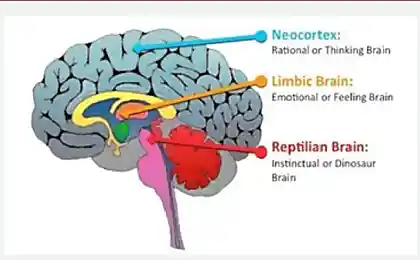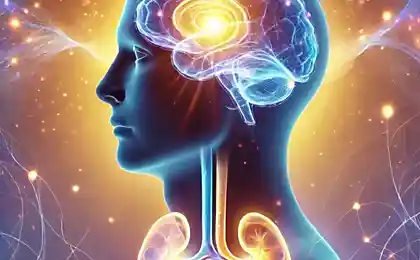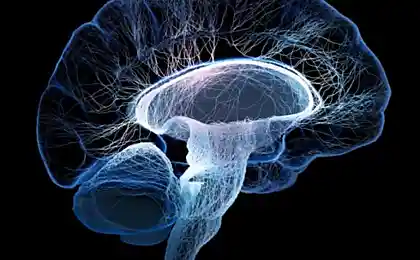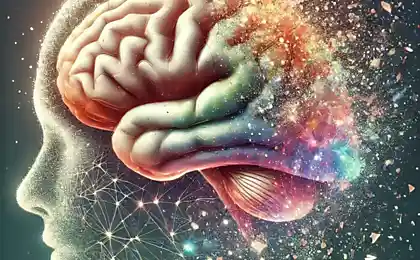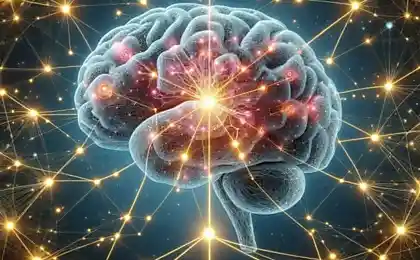188
If you want to harm another person, you punish yourself.
Ecology of Consciousness: Psychology

Ancient wisdom says, “Dig a hole for another, you will fall into it yourself.” Modern neuroscience and psychology not only confirm this folk wisdom, but also reveal the underlying mechanisms behind this phenomenon. When we direct negative thoughts and desires toward others, we are literally poisoning our own bodies. Paradoxically, the fact is that if we want to harm others, we first punish ourselves.
Our brains do not distinguish between real and imagined scenarios on a physiological level. For him, anger, resentment, or envy are powerful triggers that trigger a cascade of biochemical reactions, whether those emotions are directed at a real situation or exist only in our thoughts.
Reptilian Brain: Ancient Mechanisms in the Modern World
Our deep reptilian brain, formed in the early stages of evolution, is responsible for basic survival instincts and emotional responses. It is closely related to the endocrine system and controls the release of hormones that affect our physical and mental state. When we experience strong negative emotions, such as anger, hatred, or a desire for revenge, the reptilian brain perceives this as a signal of danger.
In response to such emotions, the body begins to produce stress hormones - cortisol and adrenaline. Evolutionarily, these hormones are designed to mobilize the body’s resources in times of danger. However, prolonged exposure to negative emotions turns a useful survival mechanism into a destructive process.
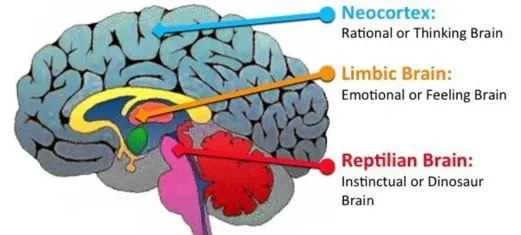
Biochemistry of Negative Emotions
Studies show that chronic stress caused by persistent negative thoughts and emotions leads to a range of physiological consequences:
- Increased cortisol levels, which leads to suppression of the immune system
- Narrowing of blood vessels and increased blood pressure
- Decreased production of serotonin and dopamine – hormones of happiness and satisfaction
- Acceleration of aging processes at the cellular level
- Impairment of cognitive function and memory
“Experiencing anger is like drinking poison and hoping that someone else will die,” says a well-known Buddhist saying, which is scientifically supported by modern neurobiological research.
The boomerang effect: a neurobiological mechanism
When we direct negative thoughts to other people, neural circuits associated with negative emotions are activated in the brain. These neural connections become stronger over time, following the principle of “neurons that are activated together bind together.” In this way, our brains become more prone to negative thought patterns.
Studies using functional magnetic resonance imaging (fMRI) show that experiencing negative emotions activates the same areas of the brain as physical pain. In fact, wishing someone bad, we ourselves experience microdoses of suffering that accumulate and negatively affect the overall state of the nervous system.
Mirror neurons and social interaction
The discovery of mirror neurons explains why our attitudes toward others affect us so much. These special brain cells are activated both when performing a specific action and when watching another person perform the action. The same thing happens with emotions: when we experience negative feelings for someone, our mirror neurons partially reproduce that state in our own brain.
Practical recommendations for emotional balance
- Mindfulness: Practice mindfulness meditation to recognize negative thoughts before they take root
- Paraphrasing technique: Replace negative thoughts with neutral or positive language
- Thanksgiving diary: Write down at least three things you are grateful for every day.
- Empathic perspective: If you have negative feelings for someone, try to imagine the situation from their point of view.
- Stop technique: learn to stop the flow of negative thoughts with the mental command “stop” and then switch attention
Neuroscientist Richard Davidson of the University of Wisconsin-Madison in his research showed that the regular practice of benevolent attitude and compassion leads to measurable changes in the structure and functioning of the brain. People who practice compassion and benevolence have increased activity in the prefrontal cortex, an area responsible for positive emotions and cognitive control.
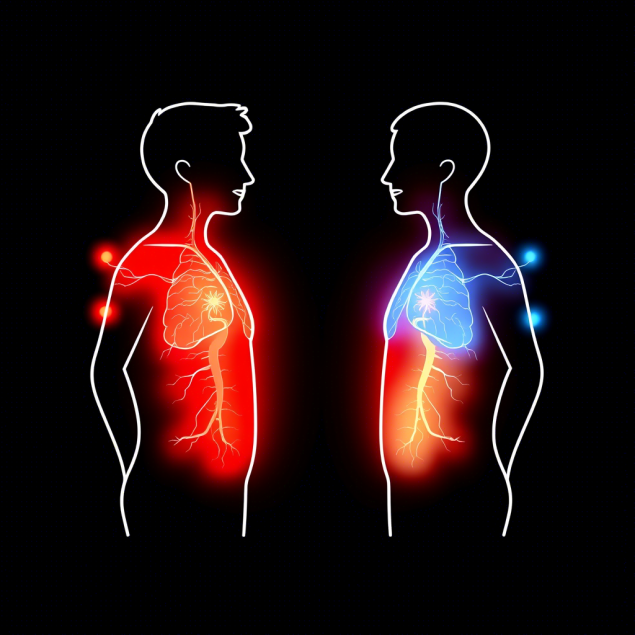
From theory to practice: transforming negative patterns
Modern research in the field of neuroplasticity proves that our brain is able to change throughout life. This means that we can purposefully transform the habitual negative thinking patterns and reactions of our nervous system.
The story of Alexei: transformation through awareness
Alexey, a successful middle manager, turned to a psychologist with complaints of constant irritation, sleep problems and frequent headaches. In the course of therapy, it emerged that he had been carrying a grudge against a former colleague for years, who he believed had been unfairly promoted in his place. Alexei often imagined how this person fails or finds himself in an unpleasant situation.
After a course of cognitive behavioral therapy and mindfulness practice, Alexey learned to recognize these thoughts and replace them with more constructive ones. To his surprise, not only did his psychological state improve, but the physical symptoms disappeared - sleep normalized, headaches passed, and measurements showed a decrease in cortisol levels in the blood.
Research shows that replacing negative thoughts with neutral or positive thoughts within just 21 days can form new neural connections and significantly change a person’s basic emotional background. The brain literally “relearns” to respond to stimuli in a healthier way.
Practical techniques for transforming negative emotions
Instead of suppressing negative emotions, which can lead to their displacement into the subconscious, psychologists recommend learning how to transform them:
- Technique of recognition: Acknowledge negative emotions without judging yourself for them.
- Breathing practices: Deep diaphragmatic breathing helps activate the parasympathetic nervous system, reducing stress levels
- Cognitive reassessment: Find an alternative, more constructive interpretation of the situation
- The practice of forgiveness: Forgiveness is a conscious choice for one’s own well-being, not an excuse for another’s actions.
Neuroscience and psychology provide the scientific basis for the ancient wisdom that if we want to harm others, we first hurt ourselves. Negative emotions activate a cascade of biochemical reactions in the body, which over time can lead to serious health problems and reduced quality of life.
The good news is that through neuroplasticity, we are able to change these destructive patterns. The conscious choice of benevolence and forgiveness is not just an ethical imperative, but a scientifically based path to one’s own psychological and physical well-being.
Every thought we cultivate forms neural connections in our brain. By choosing benevolent thoughts, we literally create a healthier brain and a happier life for ourselves. This is perhaps the best reason to start treating others with more compassion and understanding.
Glossary
The reptilian brain is the oldest part of the brain (brain stem and cerebellum) responsible for basic survival functions, instincts and primitive emotional reactions.
The endocrine system is a system of internal secretion glands that produce hormones that regulate metabolism, growth, development and functioning of many tissues and organs.
Cortisol is a steroid hormone produced by the adrenal glands in response to stress, raises blood sugar levels and suppresses the immune system.
Neuroplasticity is the ability of the brain to change its structure and function under the influence of experience, learning, or after injury.
Mirror neurons are nerve cells that are activated both when performing a certain action and when watching another person perform the same action.
The parasympathetic nervous system is the part of the autonomic nervous system responsible for the processes of recovery and rest of the body, the opposite of the sympathetic nervous system activated under stress.
Cognitive reassessment is a psychological technique from cognitive behavioral therapy aimed at changing the interpretation of a situation to change the emotional response to it.
fMRI (functional magnetic resonance imaging) is a method of neuroimaging that allows real-time monitoring of the activity of various parts of the brain.
Ambulance for Self-Esteem: 8 Secrets of Recovery
The art of serenity: why it is important to be able to let go
